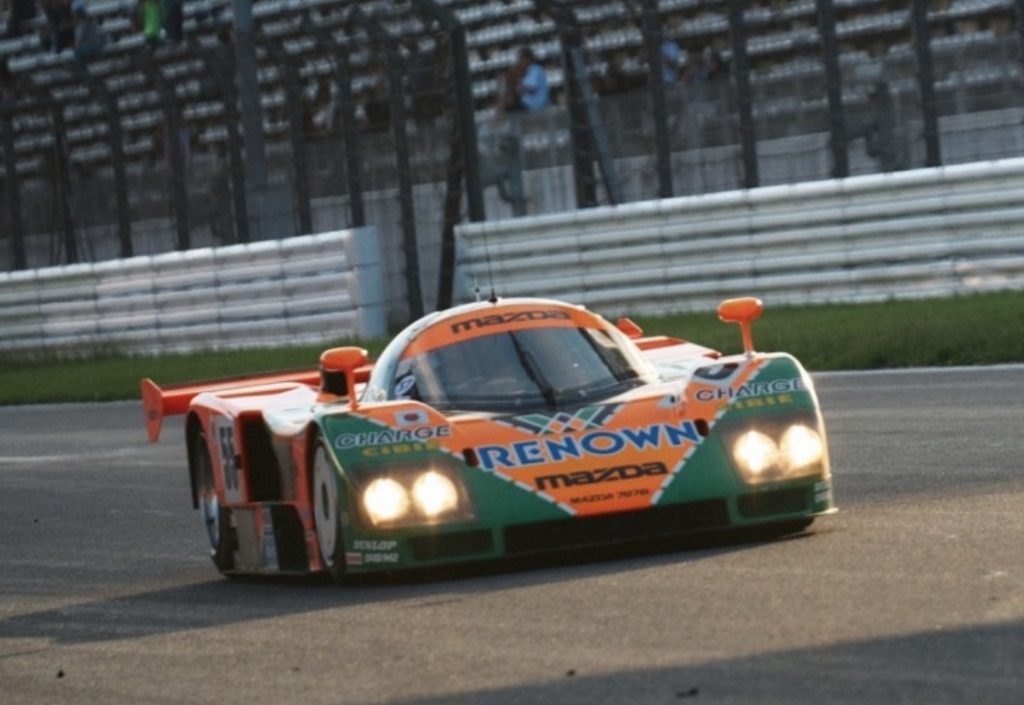“Race on Sunday, sell on Monday,” it’s the adage used by car manufacturers when asked why they delve into motorsports. The technology developed on the track (not to mention, the resulting marketing and publicity it generates) is beneficial in making their road cars better. Sometimes it’s about race teams looking for an advantage; other times, it originated outside of racing, but proved their effectiveness on the racetrack. Regardless, modern cars benefit from technology honed over decades of competition.
No doubt, the biggest influence of motorsports in modern cars is through Porsche and turbocharging. The tech began in earnest in the 1970s when Porsche put them in their Can-Am cars. They were so dominant, Can-Am changed the rules the following year just to have them banned. Of course, that didn’t stop Porsche from continually improving the tech until the exhaust-driven turbocharger was installed in a production car: the 930-series Porsche 911 Turbo.
Today, turbos are still used for performance, but automakers increasingly use them to downsize engines for the sake of fuel economy. Turbochargers allow smaller engines to produce more power and that’s the reason it’s seen in a wide variety of vehicles from small crossovers to MPVs.

Another big motorsport to road-car tech transfer is Audi and its all-wheel drive. The tech may have had military origins, but the Audi Quattro proved that all-wheel drive can be used on all road conditions. Despite resulting in a heavier curb weight than the competition, Audi bet that the extra traction would be advantageous on the many unpaved and sometimes snow-covered rally stages. It paid off. It helped Audi dominate not just the World Rally Championship but also the Pikes Peak International Hill Climb three times in the 1980s.
Audi still uses the Quattro on its all-wheel drive vehicles (including its all-electric offerings), but the technology has since been adopted by other carmakers with their own unique twist or take whether its Subaru’s Symmetrical All-Wheel Drive system or Mazda’s i-Activ AWD. And through continuous development, all-wheel drive has also been proven to be more efficient and more effective than ever before.
The most visible symbol of performance—the rear wing—also has direct origins in motorsports. Nowadays, it’s common to see them attached on presumptuous “rice rockets,” but aero devices like the rear spoiler or wing elevated Formula One cars to a new level of performance in the 1960s.
Like the wings on airplanes, wings on cars are about directing airflow. But instead of directing faster airflow underneath to create lift, they do the opposite and direct it over the top to create downforce. This pushes the car onto the track and creates more grip. The first execution of these aero devices was crude—they were so fragile that cars kept crashing as the wings collapsed at speed.

Those early wing efforts were shots in the dark, but their performance potential was undeniable. As engineers’ understanding of aerodynamics grew more sophisticated, wings became a fixture not just in Formula One, but in other race series as well. Today, it’s seen on a score of road-going performance-oriented cars.
Motorsports also helped carmakers solve problems or issues even before they reach volume production. For example, during the development of their four-cylinder Beta engine, Hyundai engineers noticed that it suffered more vibration and harshness than anticipated. Suspecting that the stamped oil pan was contributing to the problem, they developed a cast-aluminum pan and used it on their high-revving, high-boost rally car to test its endurance. After being run through rough gravel and dirt roads and a wide range of environments ranging from deserts to mountain roads, it was eventually installed in road-going production Hyundais.
Even tires helped from a direct technology transfer from motorsport. Tiremakers managed to discover new compounds or formulations to help develop fuel-saving tires with no detriment to both dry- and wet-weather performance.
As carmakers race towards an electrified future, motorsport will be used as a rolling laboratory of sorts, as it has always been. Honda Motor’s very own CEO, Toshihiro Mibe said that its upcoming EVs used cutting-edge technology it learned from the world of Formula One.
These power units are made lighter—up to 100 kilograms less—than Honda’s current EV power units. By mounting these motors and accompanying batteries low within the center of the vehicles, they promise a far nimbler feel with Honda’s signature sporty driving DNA. This all the while promising top-class electrical efficiency performance.
Motorsports teams plough billions into developing new technologies to give their drivers a winning edge on the track. It’s not surprising, then, that manufacturers want to see some return on their investment by domesticating their innovations and turning them into unit-shifting production technology.
Surprisingly, it has also become a two-way street now with technology transfer making its way from road cars to racing cars too.

A concrete example of this is how Nissan’s legendary road car, the GT-R, helped improve the performance of their Formula E cars. Ivan Espinosa, Nissan’s Chief Product Officer explains that Nissan has produced a brilliant, but mechanical system called Advanced Total Traction Engineering System for All-Terrain or ATTESA. The challenge was to somehow translate that mechanical technology into lines of code that would work in a Formula E race car.
Considering that a vast majority of Gen 3 Formula E racecars have shared components with each other, including the lithium-ion battery and front-mounted Motor Generator Unit (MGU), the secret sauce here is in the Nissan designed and made rear power unit and how power is distributed between to the two axles.
Espinosa continues this all-electric torque vectoring technology helped Nissan finetune its e-4ORCE—an electric drive all-wheel drive system that could be considered as the spiritual successor to ATTESA. In gist, e-4FORCE controls the driving force by precisely controlling the outputs of the front and rear motors, and left and right brakes. This has helped Nissan develop the X-Trail as well as the Ariya and its high-performance variant, the Ariya Nismo.

